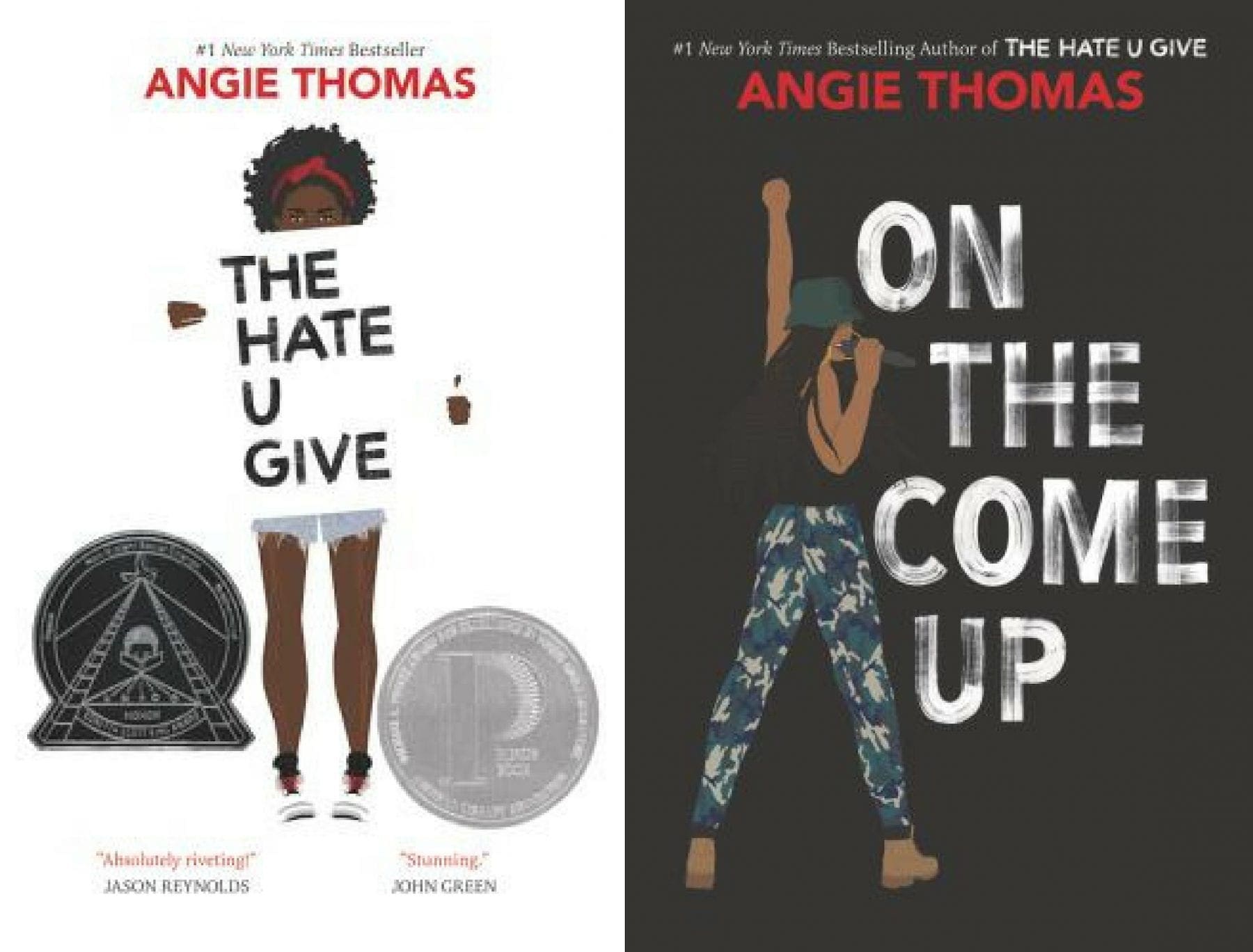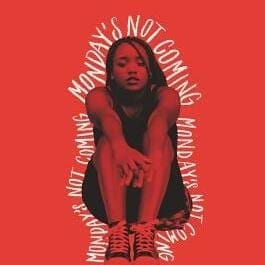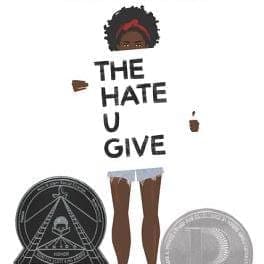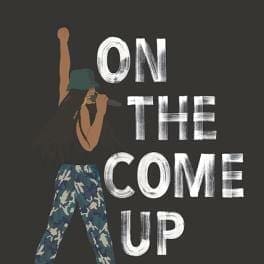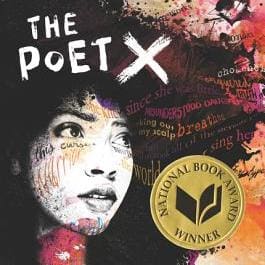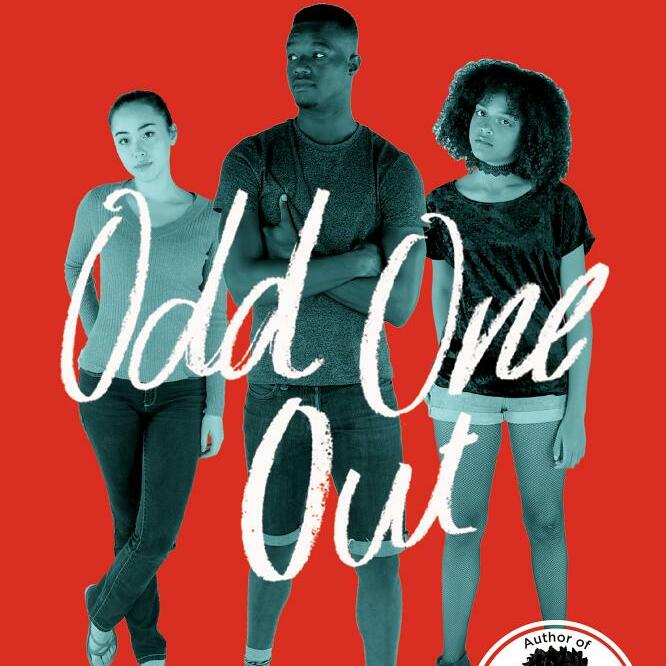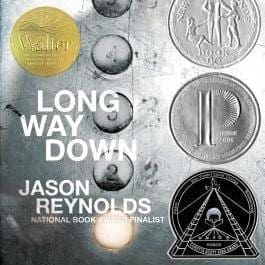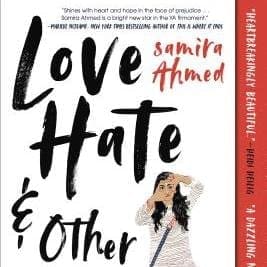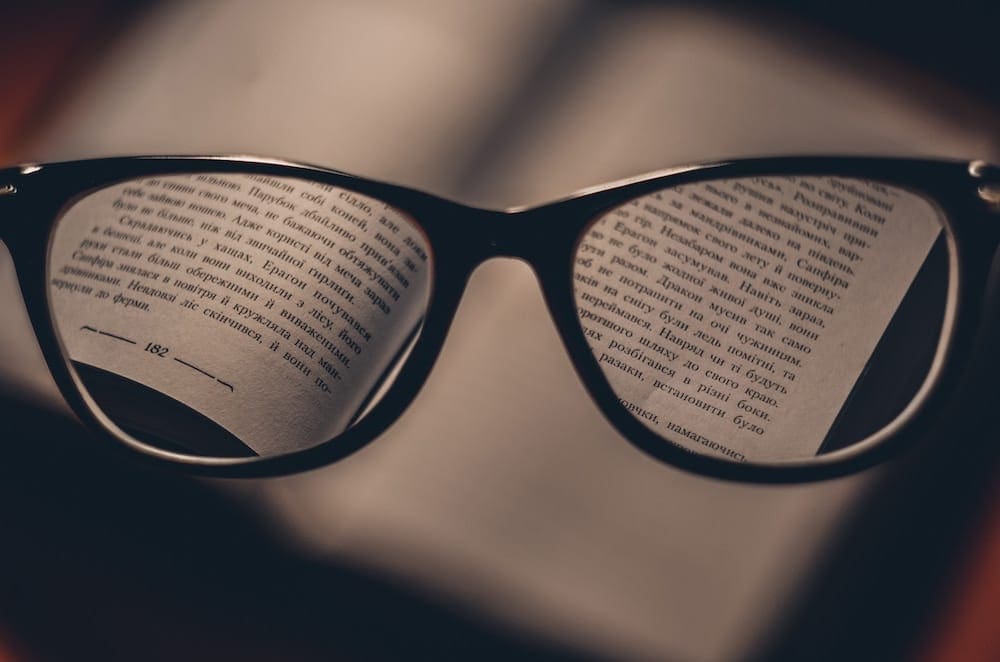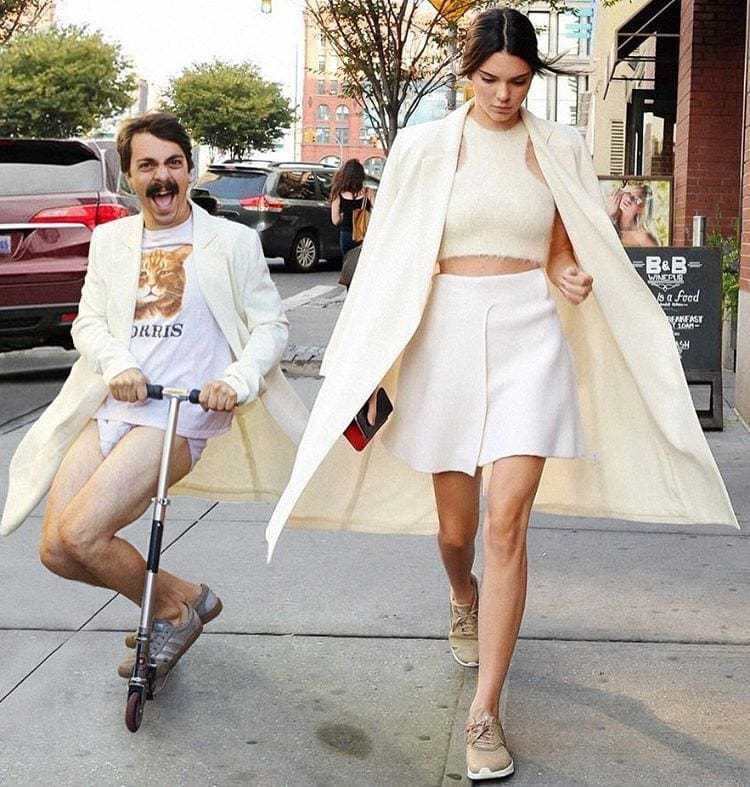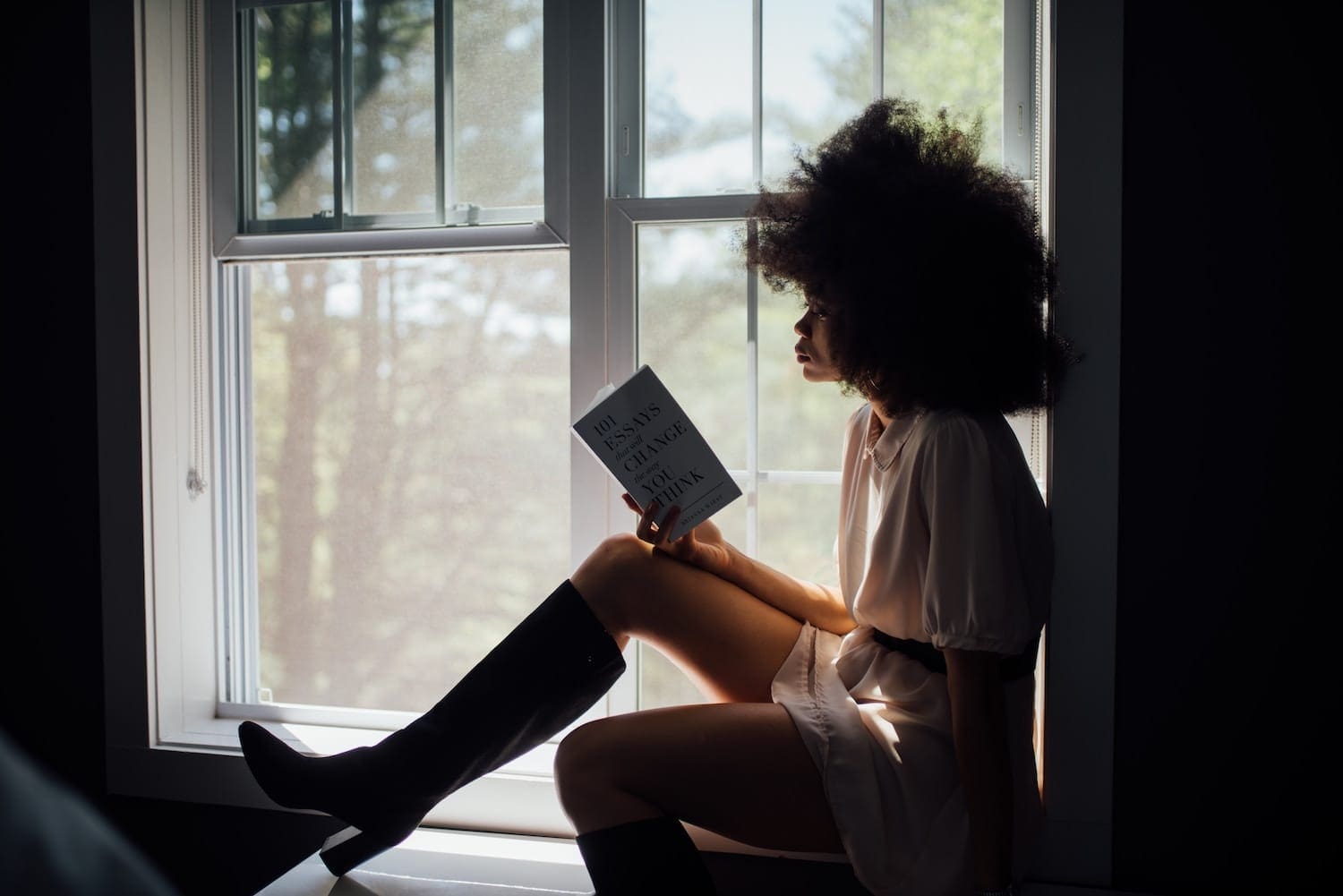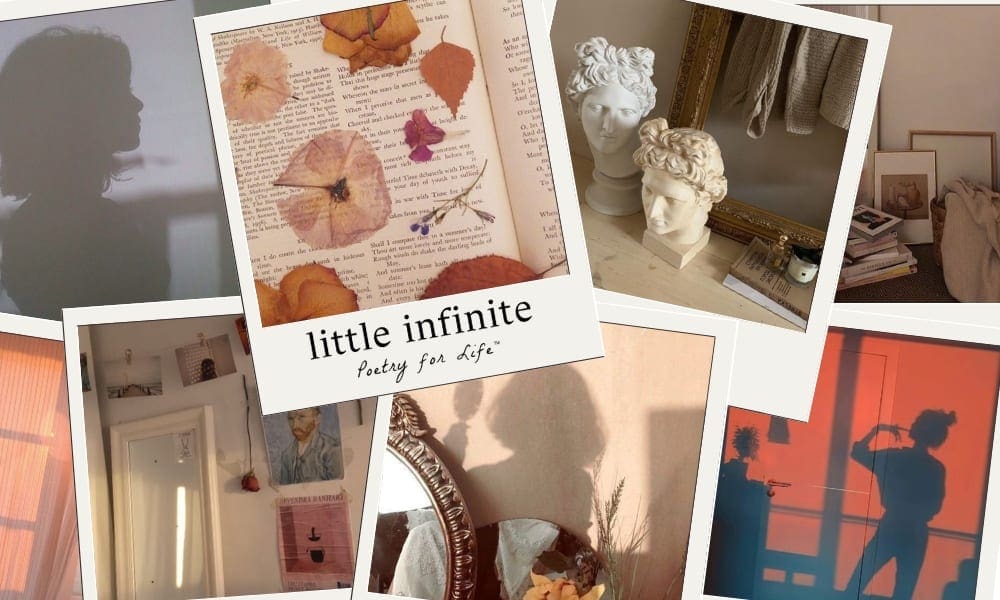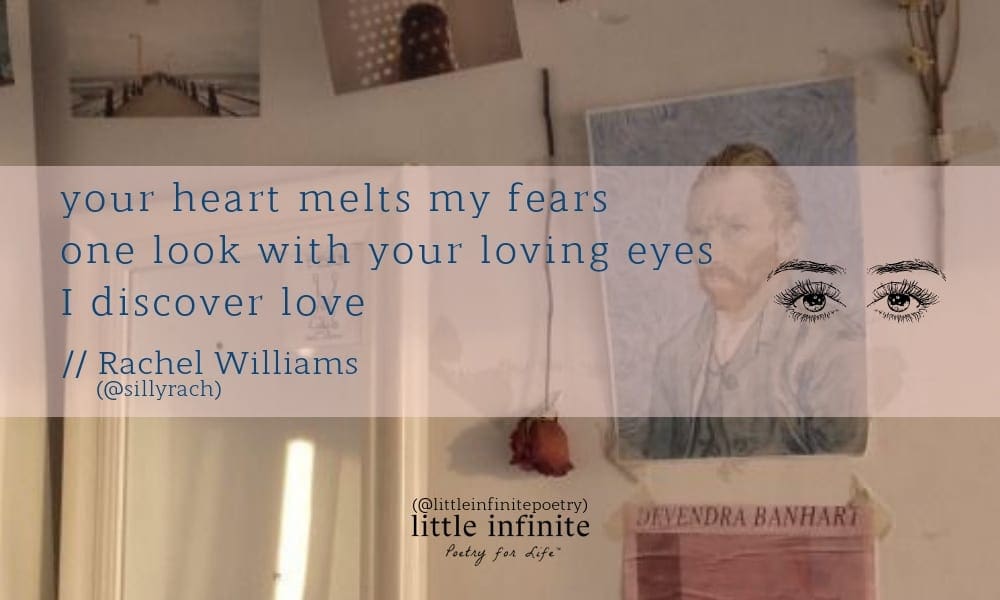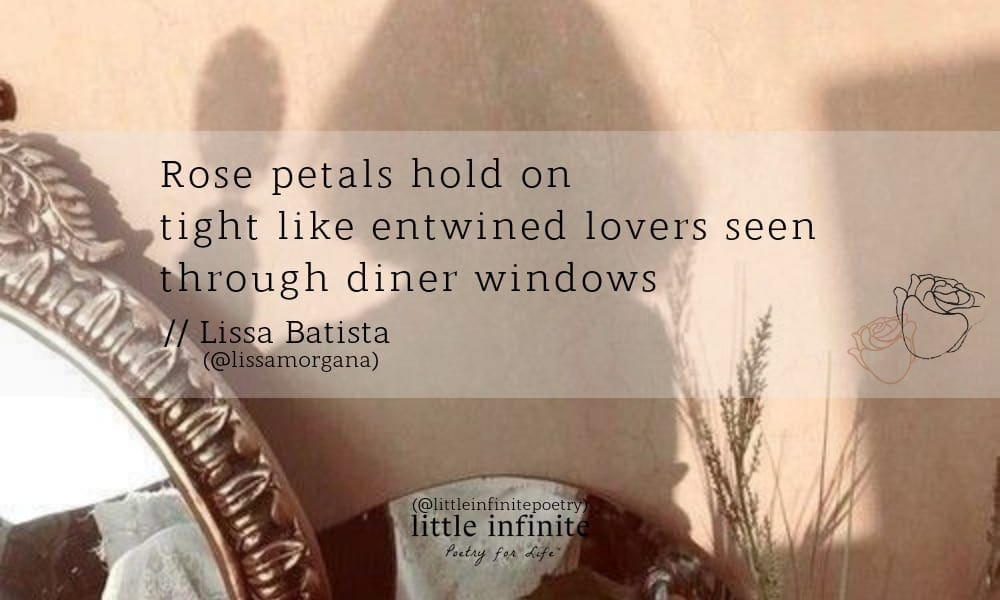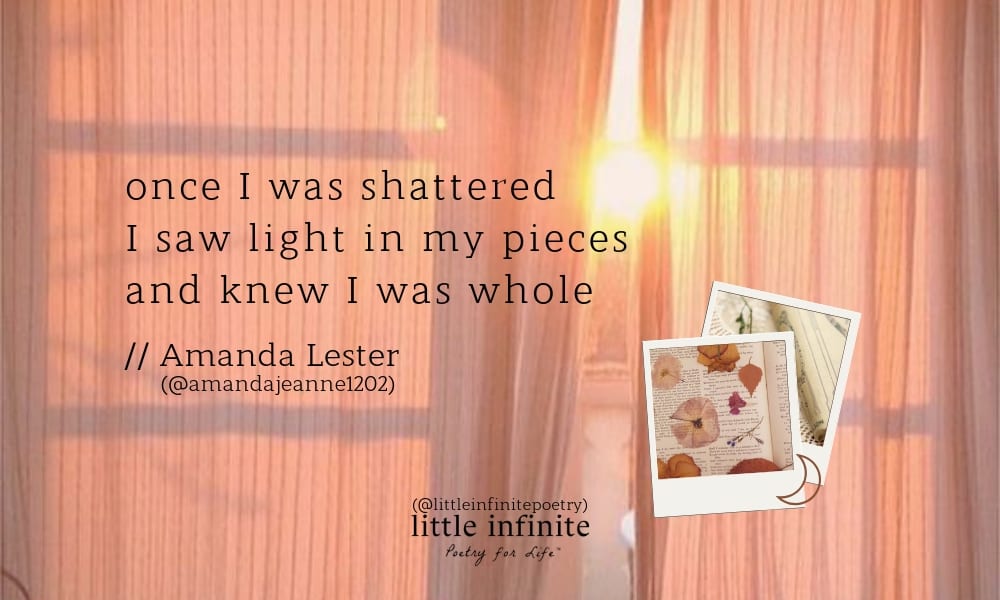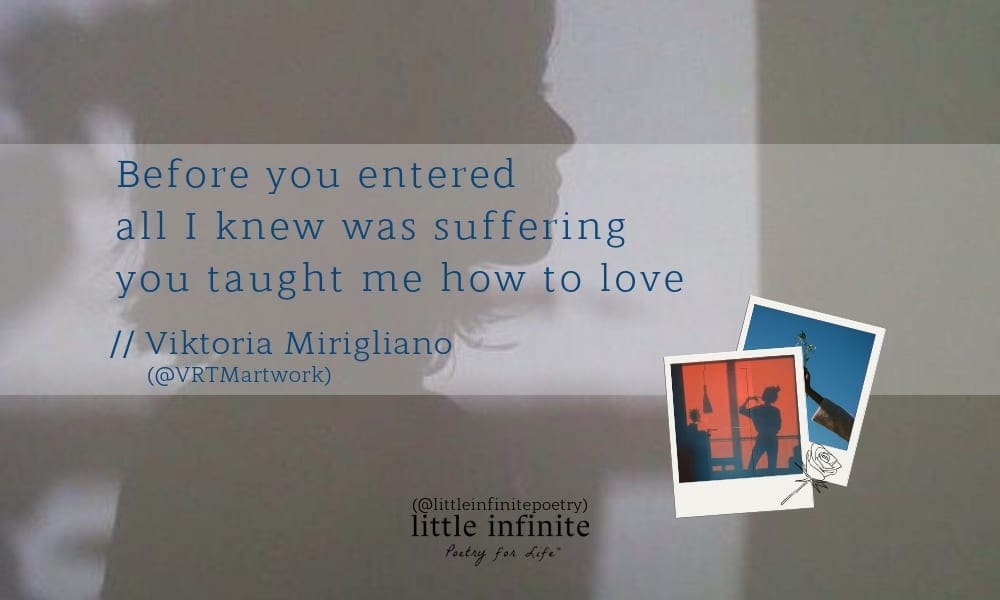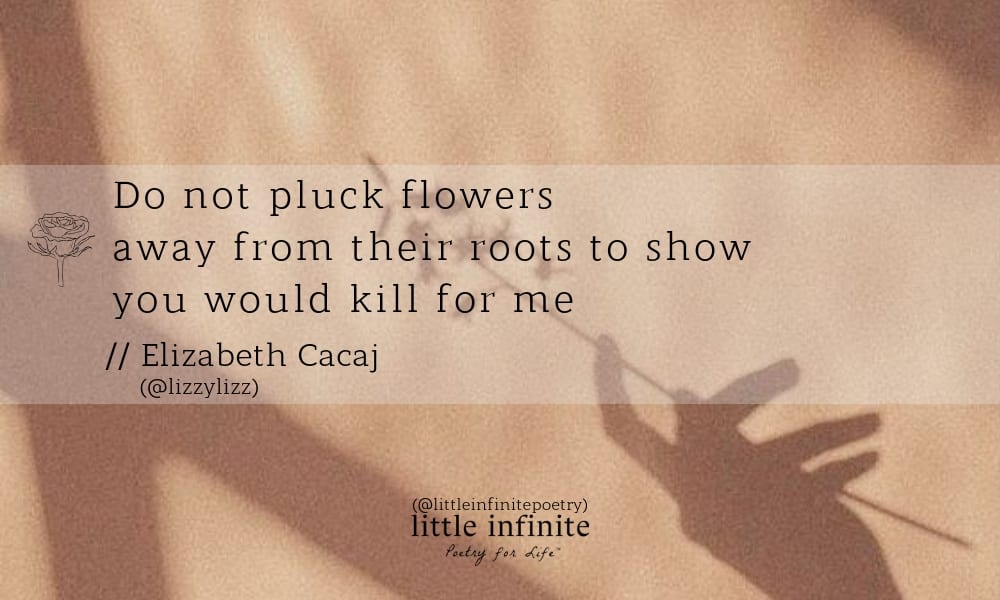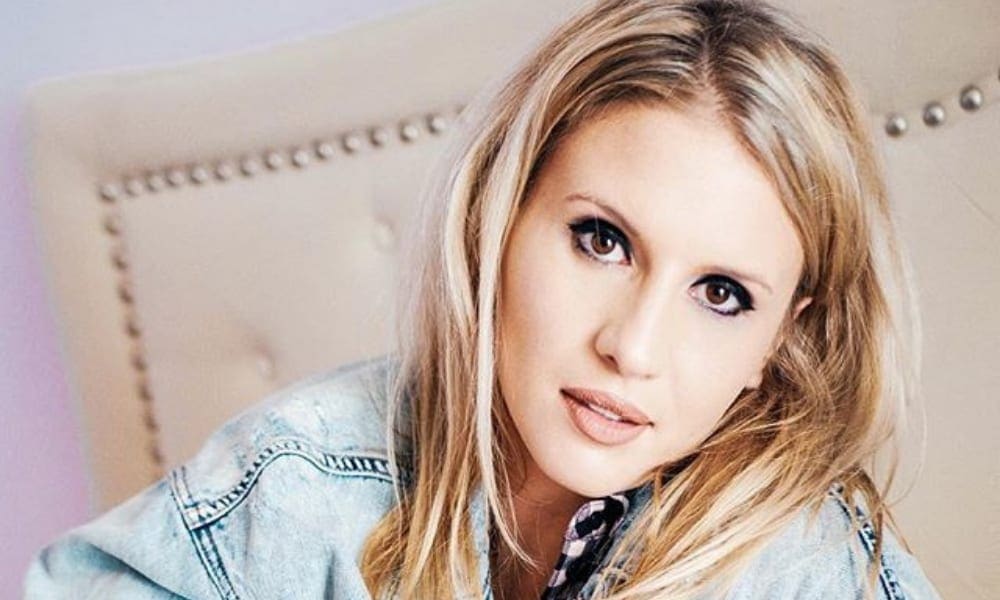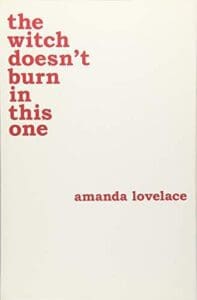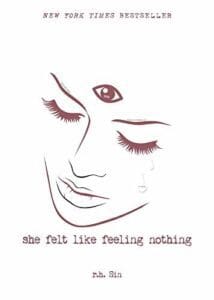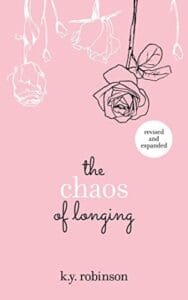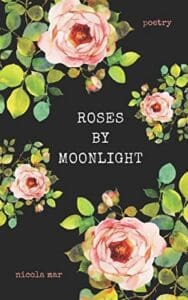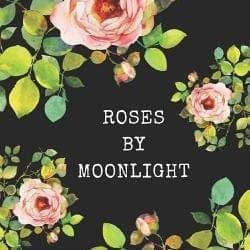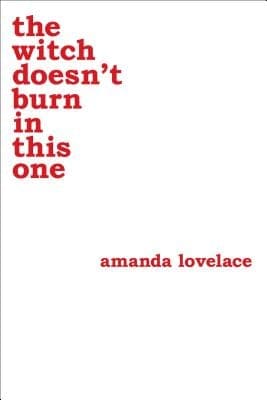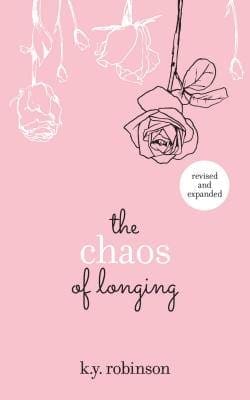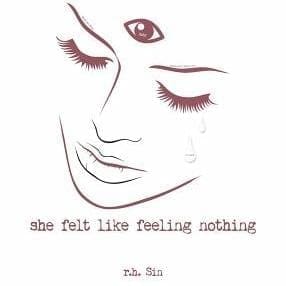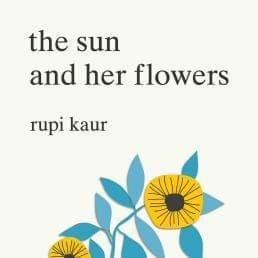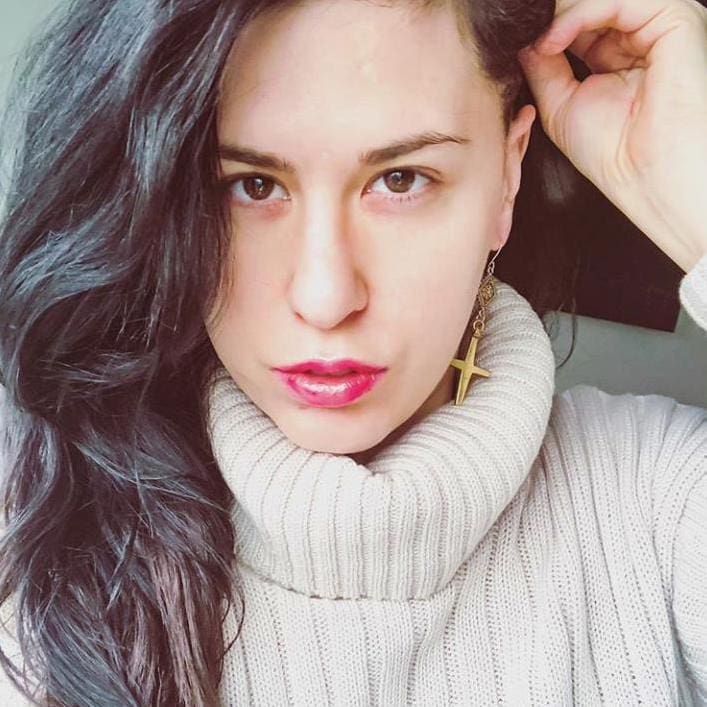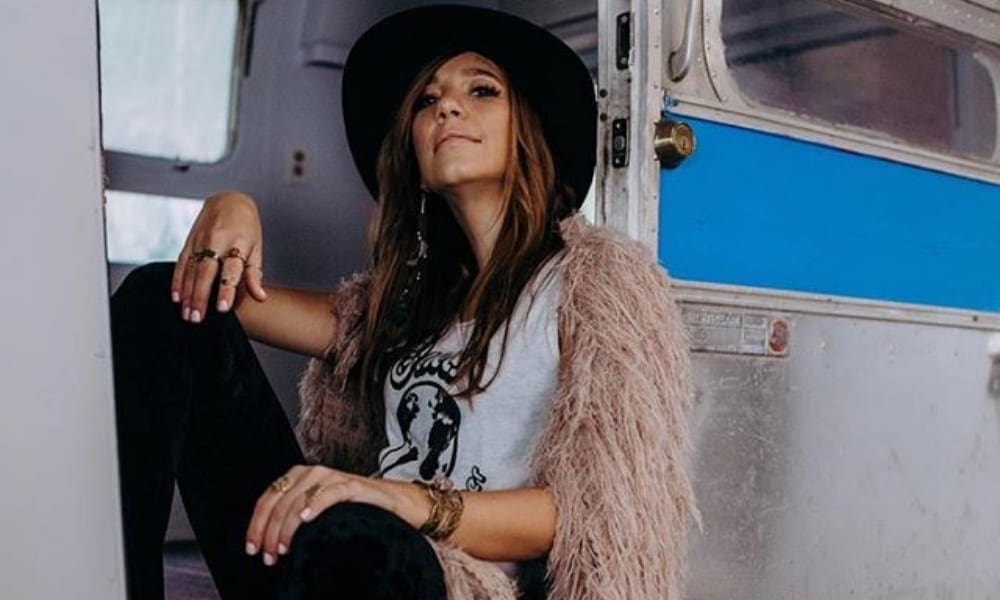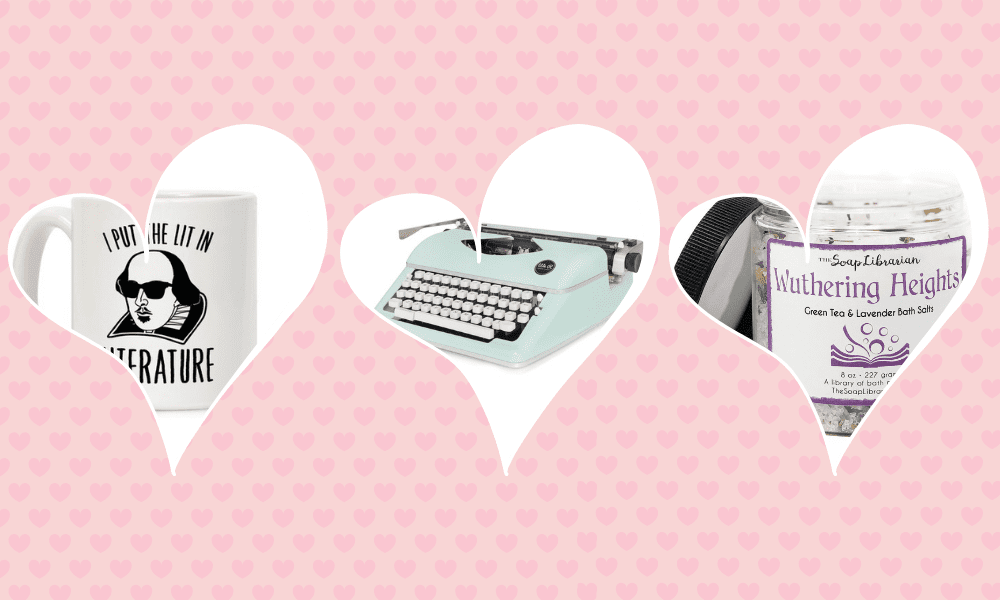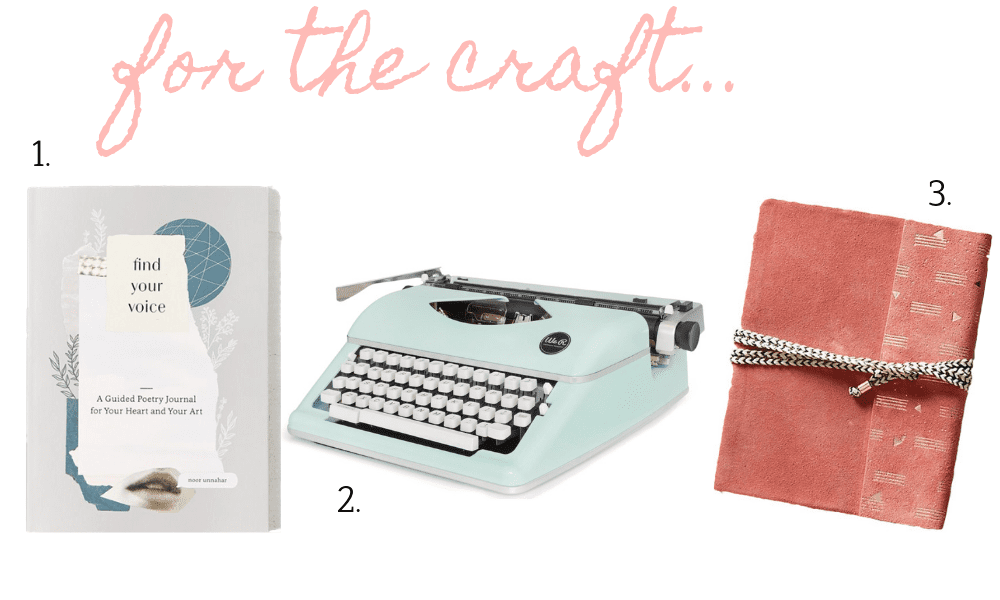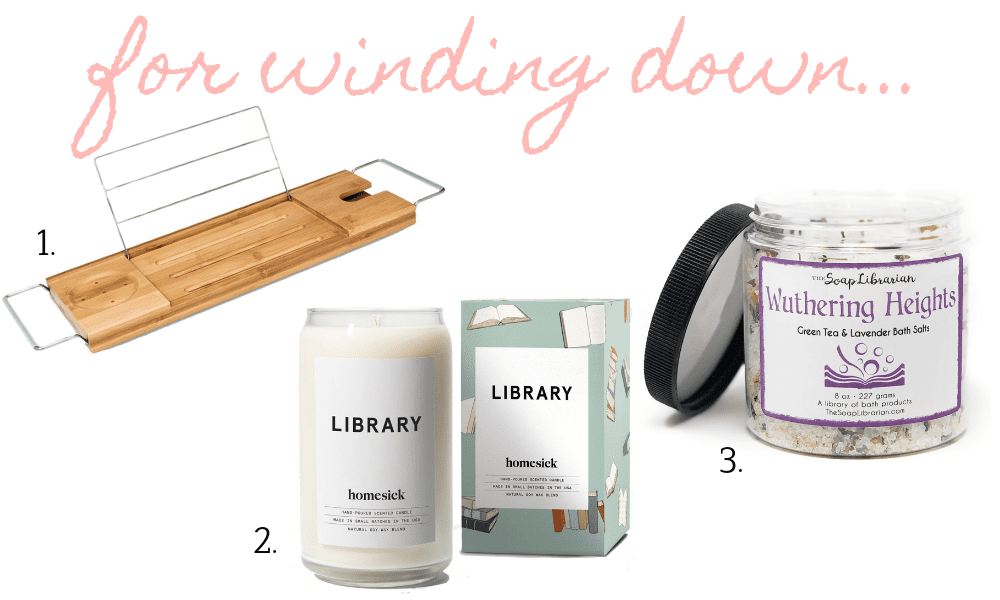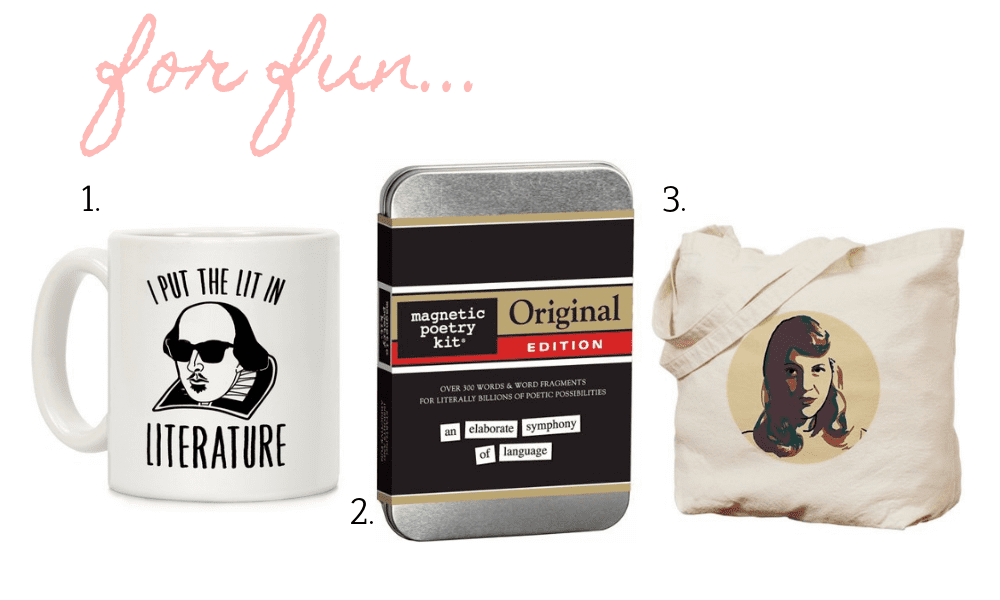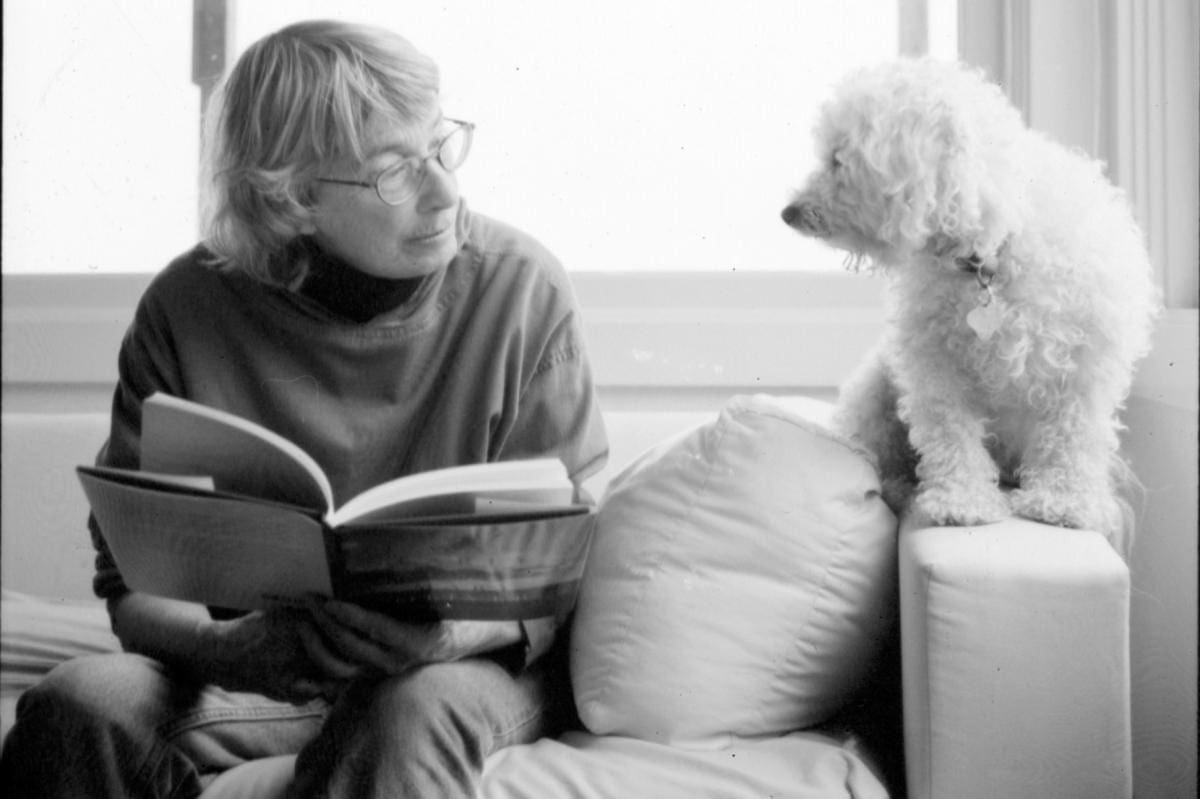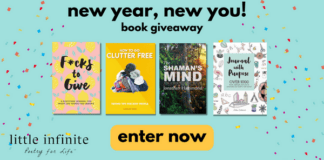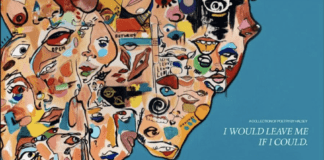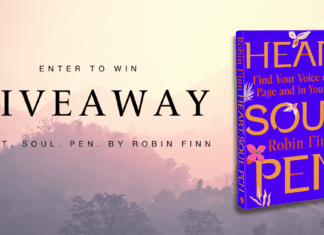Angie Thomas’s work captures and amplifies the voice of a strong, empowered generation.
Angie Thomas is, it’s safe to say, far past being on the come up herself. Thomas established herself with herself with The Hate U Give, which went on to win Goodreads Choice Best of the Best, the William C. Morris Award alongside making the National Book Award Long List and being a #1 New York Times Best Seller.
Now she’s back with her sophomore novel, On the Come Up, and we can promise you, it’s going to blow your socks off. Thomas has written a lyrical and immersive novel, a story about a driven young woman, focused on her goal of becoming a rapper. Dubious? Don’t be. The first time Thomas spins her rhymes into verse on the page, the poetry of the magic of off-the-cuff creation weaves itself into the language. Thomas takes you deep into her protagonist Bri’s mind as she architects her songs on the fly. Being privy to the creative process of an artist like that feels tense and intimate, like we’re watching something powerful, cutting, vulnerable be formed from nothing, the wisp of an idea, the most subtle wordplay.
The world of hip hop and the world of poetry aren’t as far apart as one might think. When asked about hip hop as a medium for expression, Thomas linked its heritage directly back to poetry, saying, “Rap is the grandchild of poetry, gospel, and rhythm and blues.” We couldn’t agree more. And one of the keys to challenging the boundaries of your art is to expose yourself to a new and different perspective.
In an interview for Advance, Thomas recommended these titles for readers hungry for more diversity in both characters and in the life experiences portrayed.
Long Way Down by Jason Reynolds
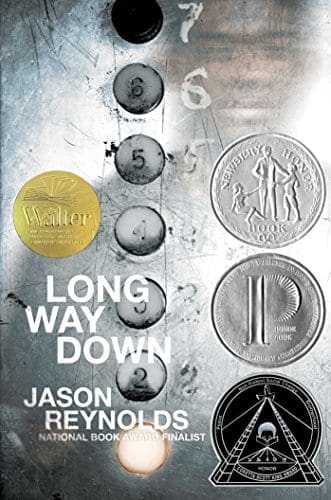
Description: An ode to Put the Damn Guns Down, this is National Book Award finalist and New York Times bestseller Jason Reynolds’s fiercely stunning novel that takes place in sixty potent seconds—the time it takes a kid to decide whether or not he’s going to murder the guy who killed his brother.
And so it goes, the whole long way down, as the elevator stops on each floor, and at each stop someone connected to his brother gets on to give Will a piece to a bigger story than the one he thinks he knows. A story that might never know an END…if WILL gets off that elevator.
Told in short, fierce staccato narrative verse, Long Way Down is a fast and furious, dazzlingly brilliant look at teenage gun violence, as could only be told by Jason Reynolds.
Little & Lion by Brandy Colbert
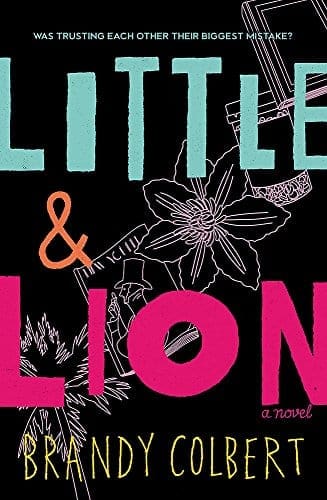
Description: When Suzette comes home to Los Angeles from her boarding school in New England, she’s isn’t sure if she’ll ever want to go back. L.A. is where her friends and family are (as well as her crush, Emil). And her stepbrother, Lionel, who has been diagnosed with bipolar disorder, needs her emotional support.
But as she settles into her old life, Suzette finds herself falling for someone new…the same girl her brother is in love with. When Lionel’s disorder spirals out of control, Suzette is forced to confront her past mistakes and find a way to help her brother before he hurts himself–or worse.
Odd One Out by Nic Stone
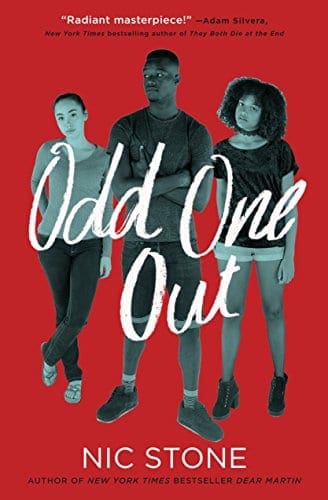
Description: Courtney Cooper and Jupiter Sanchez (Coop & Jupe!) have been next-door neighbors and best friends since they were seven-years-old. She’s his partner-in-crime and other half. But lately, Cooper can’t ignore he might want something more than friendship from Jupiter.
When Rae Chin moves to town she can’t believe how lucky she is to find Coop and Jupe. Being the new kid is usually synonymous with pariah, but around these two, she finally feels like she belongs. She’s so grateful she wants to kiss him…and her.
Jupiter has always liked girls. But when Rae starts dating Cooper, Jupe realizes that the only girl she ever really imagined by his side was her.
One story. Three sides. No easy answers.
Monday’s Not Coming by Tiffany Jackson
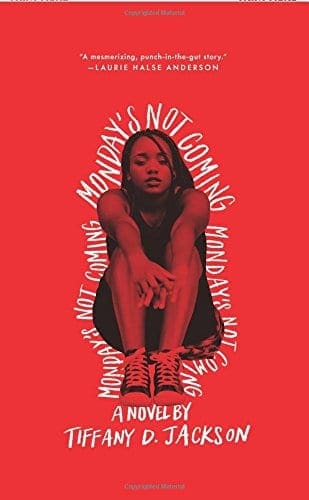
Description: Monday Charles is missing, and only Claudia seems to notice. Claudia and Monday have always been inseparable—more sisters than friends. So when Monday doesn’t turn up for the first day of school, Claudia’s worried.
When she doesn’t show for the second day, or second week, Claudia knows that something is wrong. Monday wouldn’t just leave her to endure tests and bullies alone. Not after last year’s rumors and not with her grades on the line. Now Claudia needs her best—and only—friend more than ever. But Monday’s mother refuses to give Claudia a straight answer, and Monday’s sister April is even less help.
As Claudia digs deeper into her friend’s disappearance, she discovers that no one seems to remember the last time they saw Monday. How can a teenage girl just vanish without anyone noticing that she’s gone?
The Poet X by Elizabeth Acevedo
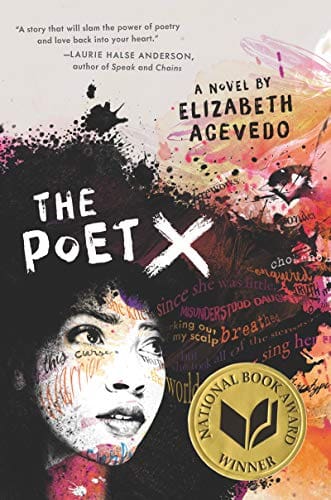
Description: Xiomara Batista feels unheard and unable to hide in her Harlem neighborhood. Ever since her body grew into curves, she has learned to let her fists and her fierceness do the talking.
But Xiomara has plenty she wants to say, and she pours all her frustration and passion onto the pages of a leather notebook, reciting the words to herself like prayers—especially after she catches feelings for a boy in her bio class named Aman, who her family can never know about.
With Mami’s determination to force her daughter to obey the laws of the church, Xiomara understands that her thoughts are best kept to herself. So when she is invited to join her school’s slam poetry club, she doesn’t know how she could ever attend without her mami finding out. But she still can’t stop thinking about performing her poems.
Because in the face of a world that may not want to hear her, Xiomara refuses to be silent.
Love, Hate, & Other Filters by Samira Ahmed
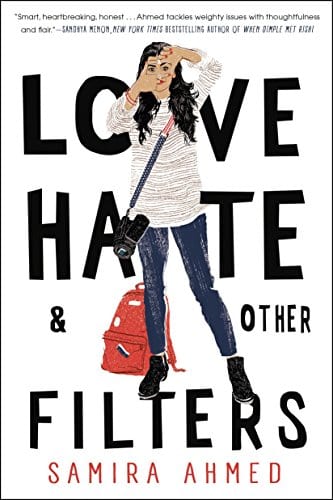
Description: Seventeen-year-old Maya Aziz is torn between worlds. There’s the proper one her parents expect for their good Indian daughter: attending a college close to their suburban Chicago home and being paired off with an older Muslim boy her mom deems “suitable.” And then there is the world of her dreams: going to film school and living in New York City—and pursuing a boy she’s known from afarsince grade school.
But in the aftermath of a horrific crime perpetrated hundreds of miles away, her life is turned upside down. The community she’s known since birth becomes unrecognizable; neighbors and classmates are consumed with fear, bigotry, and hatred. Ultimately, Maya must find the strength within to determine where she truly belongs.
But in the aftermath of a horrific crime perpetrated hundreds of miles away, her life is turned upside down. The community she’s known since birth becomes unrecognizable; neighbors and classmates are consumed with fear, bigotry, and hatred. Ultimately, Maya must find the strength within to determine where she truly belongs.

